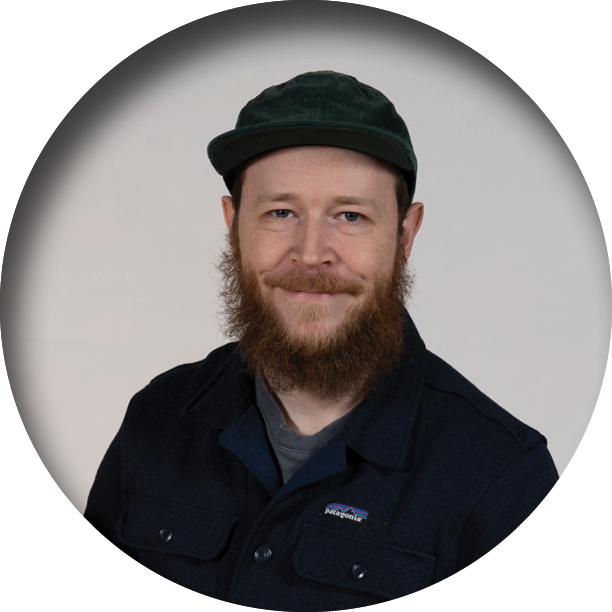Jun 27th, 2024
Best Practices
A Posture of Influence
Written by: Max Hoaglund, Senior Technology Lead
Influence as a concept has many diverse expressions. It can be an aura (in the sense of “influential”) seen around people who incentivize others to do better. It can also be an activity, pragmatic and common, which doesn’t always carry as nice of a connotation. Applying the word to the past, it’s a different and very open-ended idea: recalling who or what influenced you or someone else at a given time.
Influence (and influences) can be singular - a particular mentor or event that changed your trajectory. They can also be so great in number and so hard to distinguish from one another (especially over time) that they bleed into one another and become a background tone. A consultant, developer, or manager might be strongly attached to the imprint of a single influence, but in our business that can only last so long. Many things are imprinting on us constantly, and overall, that’s probably beneficial. Influence is a driver for adaptation but it’s good to look at the other side of that too. When a mistake impacts a project, it’s generally not the result of a single choice or action. It can take a lot of time and energy to map out how and why a certain challenge appeared, and that’s the result of the same multitude of influences.
As consultants, we must work hard to witness and understand the evolving backdrop of influences affecting ourselves and our customers. Because of this, a Clientek consultant typically has more of a listening and observing relationship with influence than a deliberate, “productive” relationship. Put another way, we don’t aim to create an agenda for a given project to control it and sway it the way it needs to go. Instead, we have an inductive approach - what influences are already present in this project environment? Where are they coming from? How can we (or should we) fit in with them? We’ve accepted that although sometimes we just need to change someone’s mind, we always must assess and work with the landscape we find ourselves in. That landscape tends to be much larger than a single person. It contains more agendas and stressors than one can count.
This posture basically gives us the ability to consistently adapt to our projects and improve them. It allows us to operate a wide variety of initiatives for a wide variety of clients, only repeating the approaches that really work. We don’t get tied to a precious source of leverage or a single design idea because we know things change. We become influential without dictating a path or enforcing anything through dogma, and that means we allow our teams and processes to demonstrate their own value. We’re able to do that because we respect (and expect) the confluence of influences that emerge whenever groups of people gather to solve complex problems.


